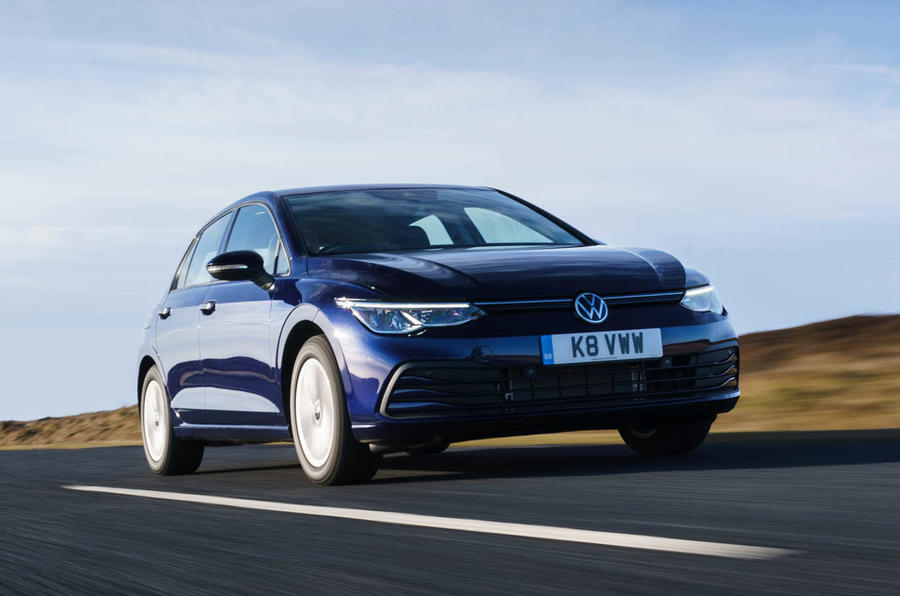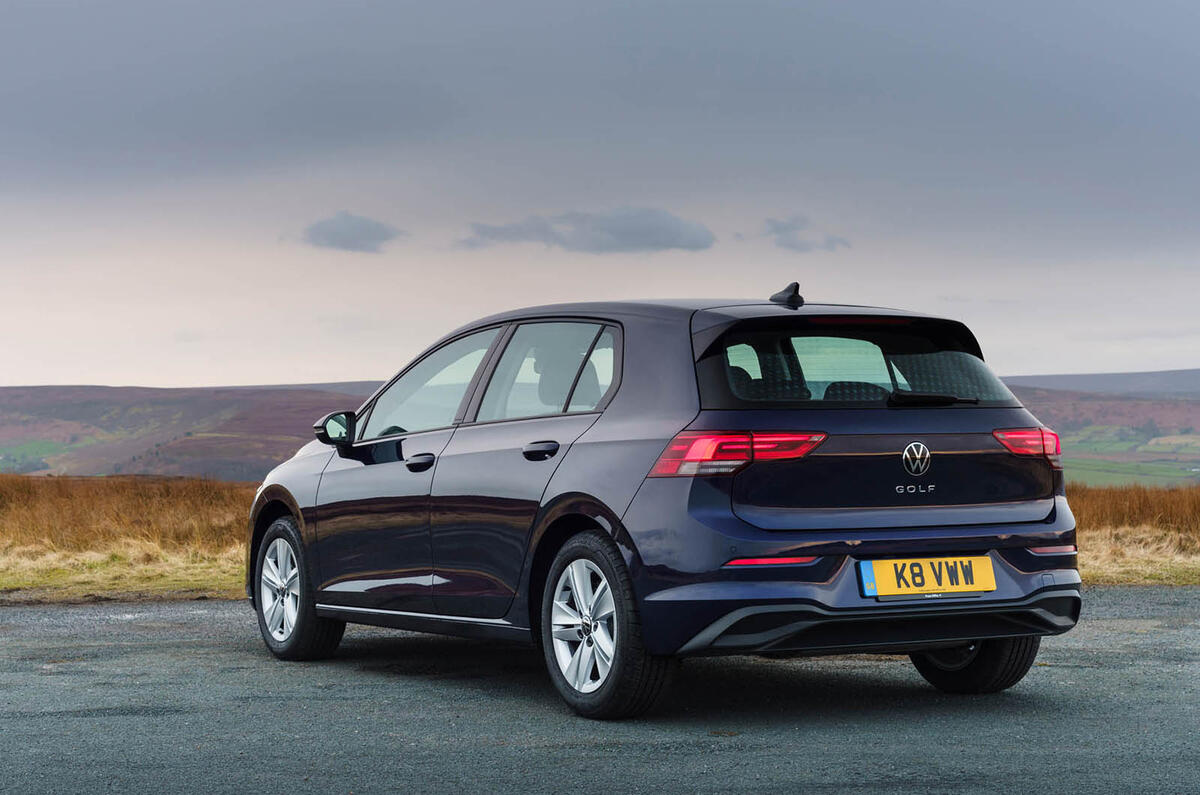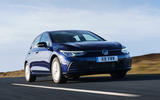For the touchscreen infotainment system itself, you can switch between some of the more important menus via a small shortcut ‘buttons’ underneath the screen, but it’s also easy enough to navigate to where you need to be from the system’s home screen which is only every one tap of the finger away. The car’s digital instruments are clearly presented, adaptable for layout, and they provide useful additional warning and prompts without bamboozling you with too much information. Wireless device charging and full ‘wireless app connect’ networking are standard fit even at the lower trim level of our test car. And so, yes, those of the oft-referred-to smartphone generation will like this car. As for those who don’t instantly like it; well, I dare say they’ll grow to.
Of the more long-established strengths of the Golf’s cabin, there is more familiar credit due - albeit in somewhat limited quantity. Perhaps some of the money that might otherwise have been ploughed into smart, pudgy, richer-than-average materials, or spent on lining cubbies in ways you don’t see and making minor fittings simply feel better and move just-so, has been diverted to pay for the onboard technology we’ve already mentioned. There’s the merest under-isolated ‘ping’ to the sound made by the car’s doors as they close, for instance, and one or two places around the interior where VW’s colour and trim department could have spent more.
Generally, however, you’d say this Golf is beaten for perceived quality only by the hatchback market’s self-declared premium-brand operators such as the Mercedes A-Class and Audi A3, which is pretty much how the last was defined. Meanwhile, outright cabin space and boot capacity are both very competitive; this isn’t the most practical car in the class, but it is as well-packaged as ever.
Measure, moderation, predictability and ease-of-operation remain the abiding characteristics of the Golf’s driving experience, although a clear attempt has been made to give the car’s handling a fresh, youthful and slightly sportier flavour - and it’s detectable even with the car in this humble mechanical specification. Broadly speaking, it’s a successful attempt. Whether it makes this car the match of an equivalent Ford Focus is a question we’ll return to in the coming weeks. But there is certainly a tauter feel about this car’s body control, and a keenness about its off-centre steering response, than equivalent Golfs of previous generations have shown.































































Join the debate
Add your comment
It seems the Volkswagen’s Golf did get a facelift as well as a taillift, I don't know whether this is good or bad. I for one loved the older designs, which were not as sleek but they had a kind of sporty look to them.The new Ford has just gotten better aerodynamic features, I guess. Although I still don’t get why there’s a bump in on the hood. Somehow I also notice a curved design on the side of the car, weird like love handles you get around your waist.
Still has the rubbish 1.5 engine
Don't buy with the 1.5 engine, so many people have had trouble with stalling, kangarooing, jerking etc with the previous mk7.5 Golf between 2017-2019. VW has at first ignored the problems, then tried to fix it but with rubbish results. This new mk8 Golf will probably be still the same with that engine. Google "No end in sight for Volkswagen 1.5 TSI engine problems" before buying.
Extremely ugly front end
Extremely ugly front end design.
The rest of the car? Meh.